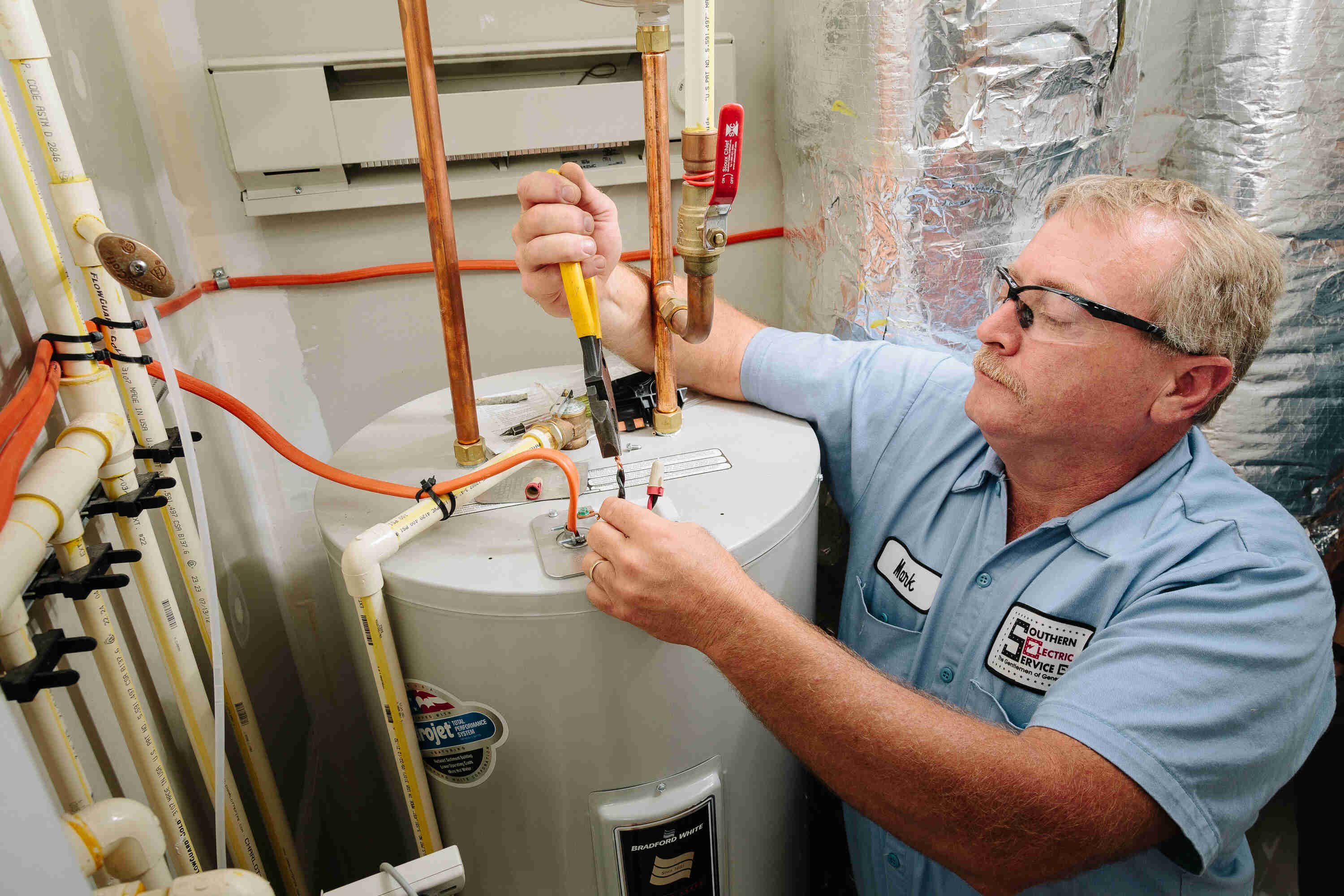Expert Tips for Maintaining Your Home's Hot Water SystemEasy Ways to Maintain Your Home's Hot Water System Properly
Expert Tips for Maintaining Your Home's Hot Water SystemEasy Ways to Maintain Your Home's Hot Water System Properly
Blog Article
On this page below you'll find a good deal of dependable help and advice relating to How to Maintain a Hot Water Heater in a Few Simple Steps.

Warm water is crucial for daily convenience, whether it's for a revitalizing shower or cleaning dishes. To guarantee your warm water system runs efficiently and lasts longer, normal upkeep is vital. This short article supplies sensible tips and understandings on just how to maintain your home's warm water system to stay clear of disruptions and expensive repair services.
Intro
Keeping your home's warm water system might seem difficult, yet with a few straightforward actions, you can ensure it operates efficiently for several years to come. This guide covers whatever from comprehending your warm water system to do it yourself upkeep pointers and knowing when to hire expert assistance.
Value of Keeping Your Warm Water System
Normal maintenance not only extends the life expectancy of your hot water system but also ensures it operates efficiently. Overlooking maintenance can result in decreased performance, higher energy bills, and even premature failure of the system.
Signs Your Hot Water System Needs Maintenance
Knowing when your warm water system needs attention can protect against significant concerns. Keep an eye out for indicators such as irregular water temperature level, weird sounds from the heating unit, or rustic water.
Flushing the Water Heater
Flushing your hot water heater gets rid of debris build-up, enhancing effectiveness and prolonging its life.
Checking and Changing Anode Rods
Anode poles stop rust inside the storage tank. Inspecting and changing them when broken is critical.
Complicated Problems Requiring Professional Aid
Instances include major leaks, electric issues, or if your water heater is consistently underperforming.
Routine Specialist Upkeep Advantages
Professional maintenance can consist of thorough assessments, tune-ups, and guaranteeing conformity with safety and security requirements.
Inspecting and Readjusting Temperature Level Settings
Adjusting the temperature level settings ensures optimum performance and safety.
Do It Yourself Tips for Maintenance
You can perform several upkeep tasks on your own to keep your hot water system in leading condition.
Checking for Leakages
Consistently check pipes and links for leakages, as these can result in water damages and higher expenses.
Understanding Your Hot Water System
Prior to diving into upkeep tasks, it's helpful to comprehend the standard elements of your warm water system. Usually, this consists of the water heater itself, pipelines, anode rods, and temperature level controls.
Monthly Upkeep Tasks
Regular month-to-month checks can assist capture minor concerns before they rise.
Testing Stress Relief Valves
Checking the pressure relief valve guarantees it works appropriately and prevents extreme pressure accumulation.
Shielding Pipes
Shielding hot water pipelines reduces warm loss and can conserve energy.
When to Call an Expert
While do it yourself maintenance is valuable, some issues need specialist knowledge.
Final thought
Normal maintenance of your home's warm water system is crucial for effectiveness, durability, and price savings. By complying with these ideas and recognizing when to seek professional help, you can make sure a reliable supply of hot water without unanticipated disruptions.
How to Maintain an Instant Hot Water Heater
Before tinkering with your hot water heater, make sure that it’s not powered on. You also have to turn off the main circuit breaker and shut off the main gas line to prevent accidents. Also turn off the water valves connected to your unit to prevent water from flowing into and out of the appliance. 2. When you’re done, you have to detach the purge valves’ caps. These look like the letter “T” and are situated on either side of the water valves. Doing so will release any pressure that has accumulated inside the valves while at the same time avoid hot water from shooting out and burning your skin. 3. When the purge valves’ caps are removed, you have to connect your hosing lines to the valves. Your unit should have come with three hoses but if it didn’t, you can purchase these things from any hardware or home repair shops. You can also get them from retail stores that sell water heating systems. Read the user’s manual and follow it to complete this task properly. When the hosing lines are connected, open the purge port’s valves. 4. You should never use harsh chemical cleaners or solutions when cleaning your unit. Make use of white vinegar instead. It should be undiluted and you’ll probably use about 2 gallons. 5. Now flush your water heater. This task should probably take about 40 minutes. We can’t give you specific directions for this because the procedure is carried out depending on the type, model and brand of your heater. With that being said, refer to the user’s manual. 6. When you’re done draining the unit, you have to turn off the purge port valves again. Remove the hosing lines that you earlier installed on each of the water valves. Put the valve caps (purge port) back in their respective places and be very careful so as not to damage the rubber discs that are found inside these caps. 7. Now that everything’s back in place, check your user’s manual again to find out how to reactivate your water heating system. 8. Once it is working, turn one of your hot water faucets on just to let air pass through the heater’s water supply pipes. Leave the tap on until water flows smoothly out of it. https://www.orrplumbing.com/blog/2014/september/how-to-maintain-an-instant-hot-water-heater/

I came across that entry on How to Maintain a Hot Water Heater in a Few Simple Steps when doing a lookup on the internet. Sharing is caring. Who knows, you might be helping someone out. Many thanks for going through it.
Call Today Report this page